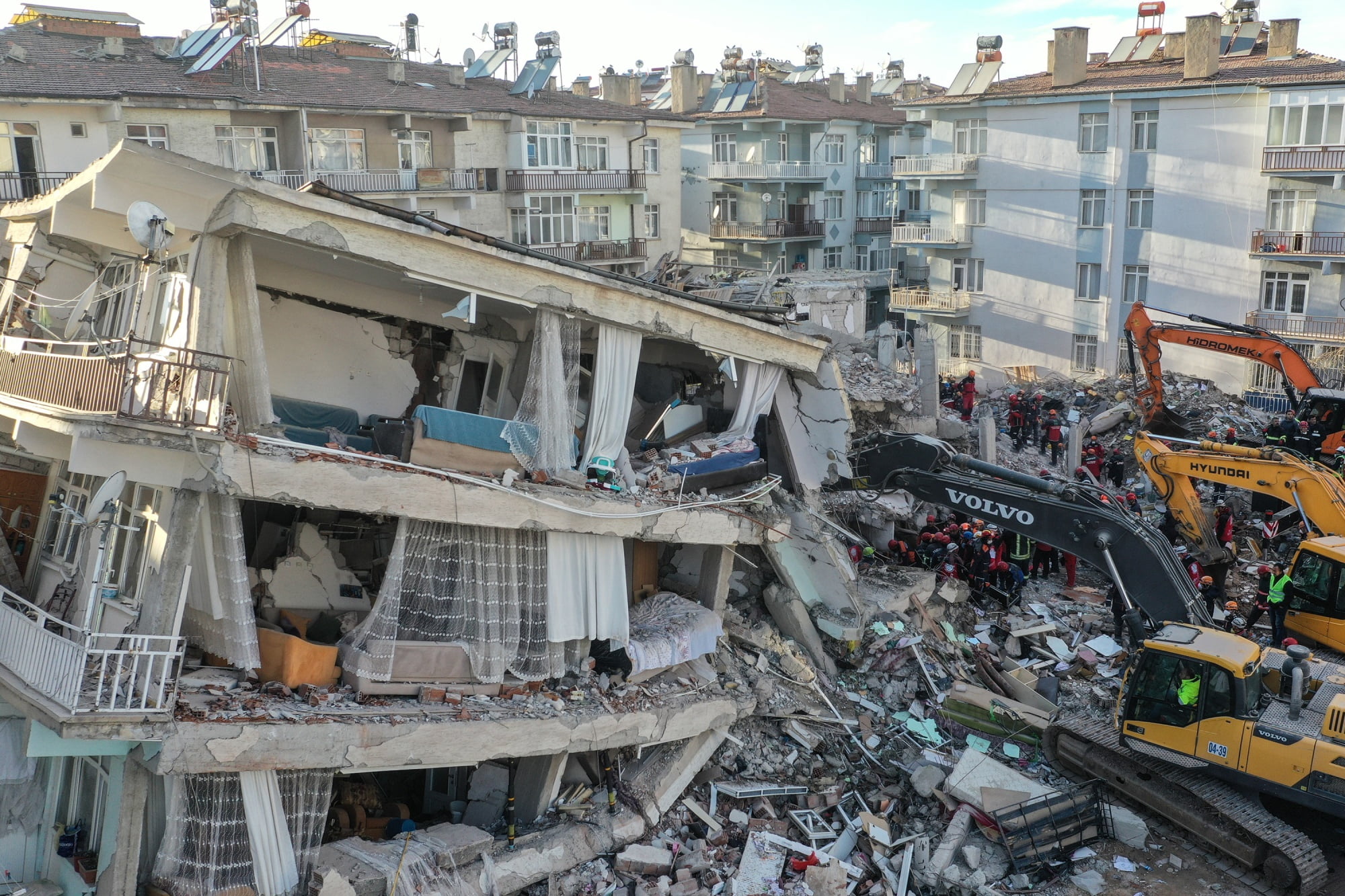An earthquake is the shaking of the surface of the Earth resulting from a sudden release of energy in the Earth’s lithosphere that creates seismic waves. Earthquakes range in size from weak, to violent enough to shatter an entire city. So far in history, there have been a couple of earthquakes that left cities in ruins behind them. Let’s take a look at some of the most disastrous earthquakes in human history.
Pakistan, 2005
The Kashmir earthquake happened at 08:50 Pakistan standard time on October 8. The earhtuqake happened in Azad Kashmir, and was centered near the city of Muzaffarabad. It also affected nearby cities and regions.
This earthquake registered a moment magnitude of 7.6. Countries in the area registered tremors, including Afghanistan, Tajikistan, and the Xinjiang region in China.
![]()
Many consider the earthquake the deadliest in the South Asia region, surpassing even the 1935 Quetta Earthquake.
According to government statistics, more than 87,000 people lost their live as result to the earthquake. More than 138,000 people got injured, and more than 3.5 million were left homeless. The government said more than 19,000 children died in the earthquake.
The earthquake affected more than 500,000 families. It also killed more than 250,000 farm animals. Saturday is a normal school day in the region, which is why students were at school when the earthquake struck.
1721 Iran Earthquake
Known as the 1721 Tabriz earthquake, the event happened on April 26. The city of Tabriz served as the epicenter of the earthquake.
The entire town was crushed, and the total number of casualties varied between 8,000 and 250,000. At the time of the shock, people interpreted is as “an omen of misfortune or demonstration of godly wrath”.
The destruction played a role in the successful Ottoman takeover of the city of Tabriz in 1722, one year after the earthquake.
Lisbon, 1755
Famous as the Great Lisbon Earthquake, this event completely changed Portugal, but also Europe. It happened on the morning of Saturday, November 1st, at around 9:40 local time. The date was Feast of All Saints.
Combined with the subsequent fires and tsunami, the earthquake almost totally destroyed the city of Lisbon and the areas around. According to seismologists, the Lisbon catastrophe had a magnitude of 8.4 That makes it worse than the 2015 Nepal earthquake, which had a magnitude of 8.0. Between 30,000 and 50,000 lost their lives in the disaster.
![]()
The earthquake had a major impact in Portugal. It caused political tensions, and disrupted the colonial ambitions of the country. It also inspired a major development in theodicy. Thanks to the Lisbon earthquake, we now have modern seismology and earthquake engineering.
The King and the Prime Minister immediately launched efforts to rebuild the city. In less than a year, the city was cleared of debris. Afraid of a new earthquake, engineers had to change the structure of the buildings. As a result, they build the Pombaline buildings, some of the earliest seismically protected constructions in Europe.
Peru 1970
The Great Peruvian Earthquake occurred on 31 may off the coast of Peru in the Pacific Ocean. Combined with a resultant landslide, the earthquake is the most catastrophic natural disaster in the history of Peru.
Large amounts of snow and ice on the landslide caused more than 70,000 casualties. Today, we consider the event the deadliest avalanche in history.
The event lasted for about 45 seconds, and affected an area of about 83,000 km2. That is an area larger than Belgium and the Netherlands combined.
1990 Rudbar, Iran
The event occurred on June 21, at 00:30 local time in northern Iran. With a moment magnitude of 7.4, the earthquake spread to the cities of Rudbar and Manjil. It caused damage of up to $8 billion, and more than 50,000 casualties. Additionally, between 60,000 and 100,000 people were injured.
The event got its own movie adaptation in 1992, the movie And Life Goes On.
2004 Indian Ocean Earthquake and tsunami
Famously known as Boxing Day Tsunami, the earthquake and tsunami occurred on December 26, at 07:58 local time. The epicenter was the west coast of northern Sumatra, Indonesia.
The undersea megathrust earthquake registered a magnitude of 9.1, and it was caused by a rupture along the fault between the Burma and Indian Plate. Following the earthquake, massive tsunami growing up to 30m (100ft) headed toward the island.
The combined force of the earthquake and tsunami killed more than 227,000 people in 14 countries, making it one of the deadliest natural disasters.
It had the longest duration of faulting ever observed, between 8 and 10 minutes. As a result, the planet vibrated as much as 10mm.
Italy, 1693
The earthquake in 1693 destroyed more than 45 cities, affecting an area of 5600 square kilometers and caused 60,000 fatalities. At the time, that was half of the population of the South-East of Sicily. A tsunami followed in the Ionian coasts of Sicily and Messina.
The good news is that the earthquake prompted a Baroque revival in architecture in Sicily and Malta.
Turkey 1990
The 7.9 magnitude earthquake struck northern Turkey on August 17, 1990. It lasted for only 3 seconds, yet it is the second worst earthquake in history.
It caused more than 17,000 casualties, with some sources believing the number was closer to 45,000. More than 40,000 were injured, and lived to tell the tale.
The earthquake destroyed more than 120,000 houses, damaged 50,000 houses, and caused more than 2,000 buildings to collapse.
Nepal 2015
With a magnitude of 8.0, the 2015 Nepal earthquake is the worst registered in modern history. It killed nearly 9,000 people and injured more than 22,000 more.
It also triggered an avalanche on Mount Everest, killing 22 more people. It makes April 25, 2015, the deadliest day on the mountain in history.



